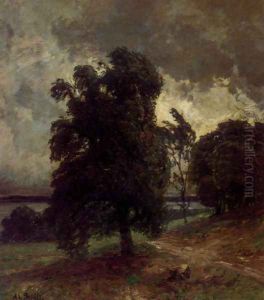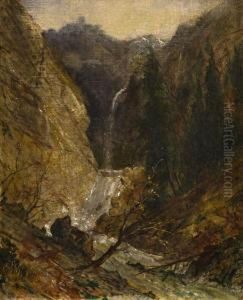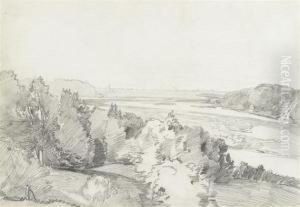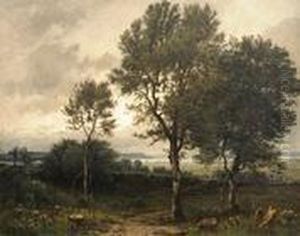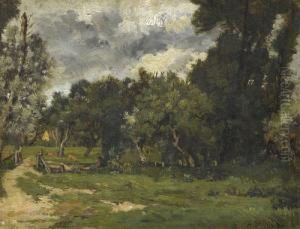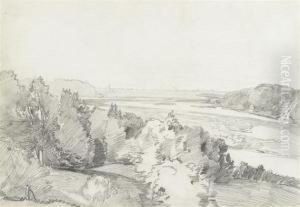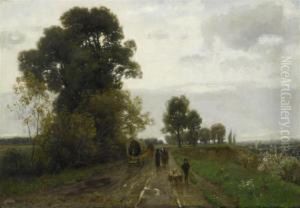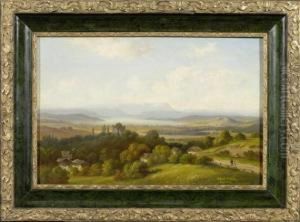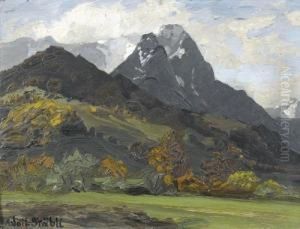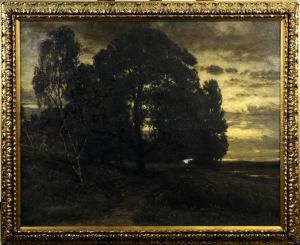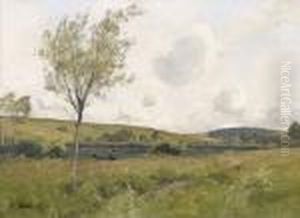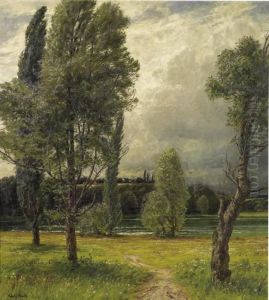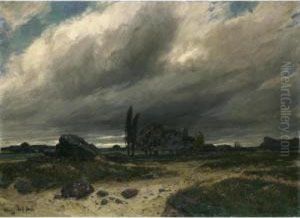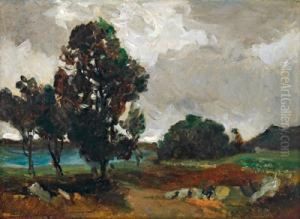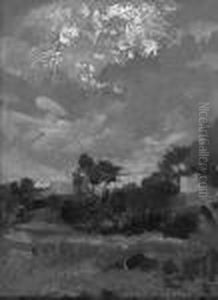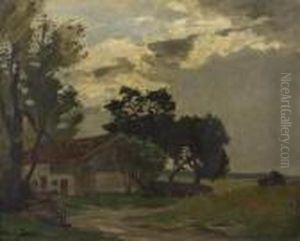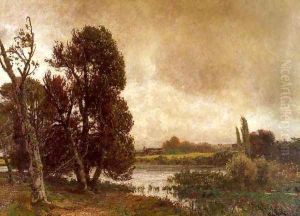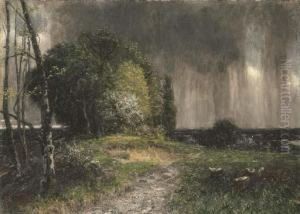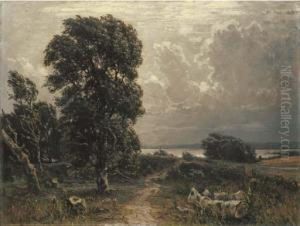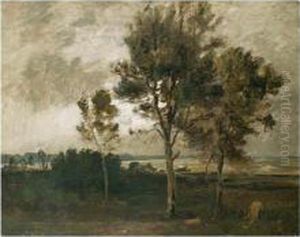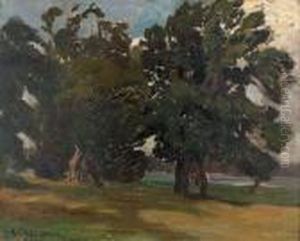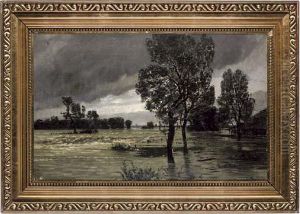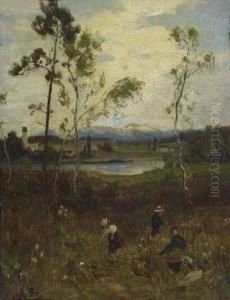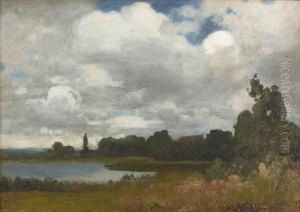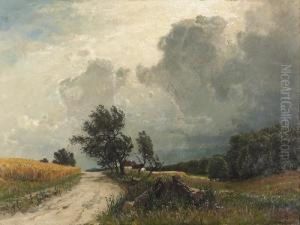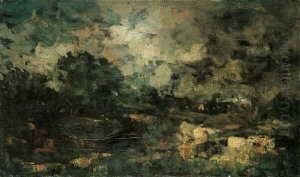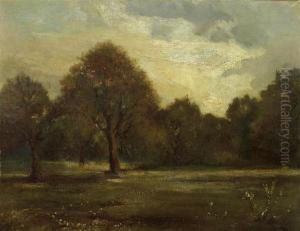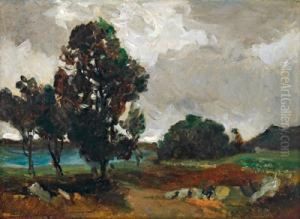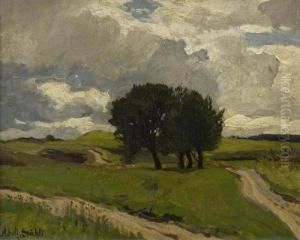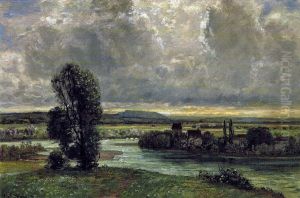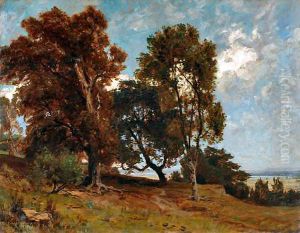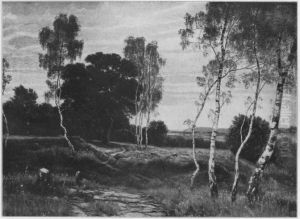Adolf Stabli Paintings
Adolf Stäbli was a Swiss painter known for his contributions to Swiss art in the late 19th and early 20th centuries. Born on May 19, 1873, in Herzogenbuchsee, Switzerland, Stäbli began his artistic education in Munich, Germany, where he studied at the Munich Academy of Fine Arts. His early work was influenced by Symbolism and Art Nouveau, and he was particularly inspired by the works of Arnold Böcklin.
During his time in Munich, Stäbli became part of a vibrant artistic community, which included many influential artists of the period. He later moved to Florence, Italy, where he was exposed to the Italian Renaissance masters, further shaping his artistic style. Stäbli's work began to incorporate elements of realism and impressionism, demonstrating his versatility and adaptation to different art movements.
Stäbli's subject matter varied widely, including landscapes, portraits, and still lifes. His landscapes often depicted the Swiss countryside, showcasing his deep connection to his homeland. These works are characterized by a harmonious blend of naturalism and a subtle emotional quality, reflecting the artist's personal vision of the landscape.
In addition to painting, Stäbli was also a teacher, sharing his knowledge and skills with a new generation of Swiss artists. Throughout his career, he exhibited his work in various galleries and exhibitions, gaining recognition for his contribution to Swiss art.
Adolf Stäbli died on October 4, 1939, in Berne, Switzerland. His legacy lives on through his artworks, which continue to be appreciated for their beauty and craftsmanship. Stäbli's paintings are held in several Swiss museums and private collections, where they remain a testament to his talent and his impact on Swiss artistic heritage.
